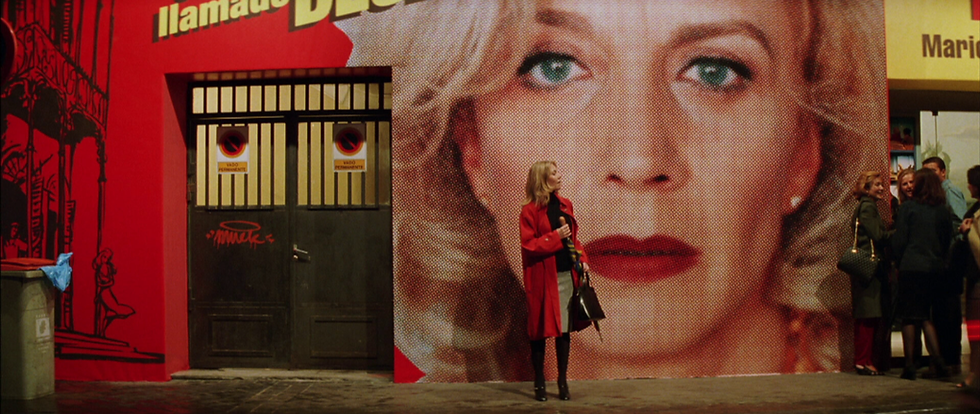Swimming Upstream: David Hammons’ Revolutionary Art | Renee Bel-Momodu
- therose379
- Dec 13, 2021
- 3 min read
Emerging as a key figure in the landscape of American art over the last fifty years, David Hammons’ heterogeneous practice has consistently tackled racial and political concerns; in particular, Hammons reckons with the way in which such issues relate to the human body[1]. Using his work as a vehicle to propose institutional critique, Hammons has refused to play by the rules, utilising non-traditional materials and discarded objects to further his iconoclastic approach to contemporary art[2]. The majority of Hammons’ works seek to form a commentary on reputations within the art world, how they are gained, and the way in which art is consumed and criticised. Hammons’ series of tarp covered canvases (such as Untitled 2014) perfectly elucidate the artist’s desire to rip away the facades of the art world, thereby exposing its infrastructure. A portion of the primed and painted canvas has been covered with a tarp, scavenged by Hammons from the street, embodying his desire to almost fully obscure the gestural idiom that would have been the high point of American abstraction. By only revealing glimpses of the canvas underneath, Hammons controls the gaze of the viewer, altering the power and meaning behind their sight.
Untitled 2014
Hidden From View 2004
Hammons meticulously curates his own exhibitions, ensuring the space that his works exist in continue to manifest his desired motif. He often utilises the walls on which the canvases hang to remain partly damaged and disrupted by the original movement of the works into the gallery, with various sections of plaster exposed and the entrances in which the art arrived left gaping open – again reiterating the sense of pulling away a deceiving facade of perfection and exposing the machinery behind the art world. Furthering this motif, Hammons also tampers with the lighting within his exhibitions; he pulls away filters from the lights to pour raw and harsh light against the canvases, ensuring the idea of exposure is not lost on the viewers. By taking the condition of the exhibition upon himself, Hammons permits himself to form an active critique on the exhibition of art and its absurd elitism by eschewing traditional modes of art making, dissemination and displaying. Within this declaration of subverting approaches towards exhibition, Hammons’ interest in ethnographic objects and his desire to present them in alternative means shines through. Earlier works such as Hidden From View 2002 present African sculptures hidden from the viewer, with only their feet poking out from under opaque wooden pedestals. These works explicitly reference the problematic display of African works, along with a refusal of the foreign gaze – another lucid example of Hammons utilising exhibition techniques to stress his critique on the presentation of art[3].
The New Black 2014
Throughout Hammons’ work there is a clear influence from the likes of Dada and Marcel Duchamp, whose various mediums are as powerful as they are subversive. For instance, Salvador Dali’s works (including The Persistence of Memory 1931 and Soft Construction with Boiled Beans 1936) embody the idiosyncratic nature that Hammons chases in his works, subverting expectations and paving the way for more experimental subject matter within art itself. However, to ensure that his art does not only reject the art world’s control over concealment and perception of art, but also that it subverts the private and elitist nature of contemporary art, Hammons made the addition of the democratic element of collective art. Works like The New Black 2014 are partially made of elements originally bought from street vendors and therefore encompass the sense of democratic collective art that
Hammons desires within all his works. Following his beliefs of the circumstance of contemporary art now, as a child he ‘never ever liked art, ever’
[4]. Yet despite this, Hammons’ work still seeks to revolutionise contemporary art rather than wholeheartedly reject it, by taking elements of traditional exhibitions and moulding them into more democratic and less elitist spaces. This, however, is a far cry from an attempt to make art likeable, merely an endeavour to remove the shackles of a conservative, constricting establishment that has compressed divergence for many years.
Soft Construction with Boiled Beans
The Persistence of Memory 1931
Edited by Holly McGlue
[1] https://whitecube.com/channel/channel/david_hammons_masons_yard_2014 (Phillip Larratt-Smith on David Hammons)
[2] https://www.theartstory.org/artist/hammons-david/ (Within summary)
[4] https://www.theartstory.org/artist/hammons-david/ (Within quotes)




Comments